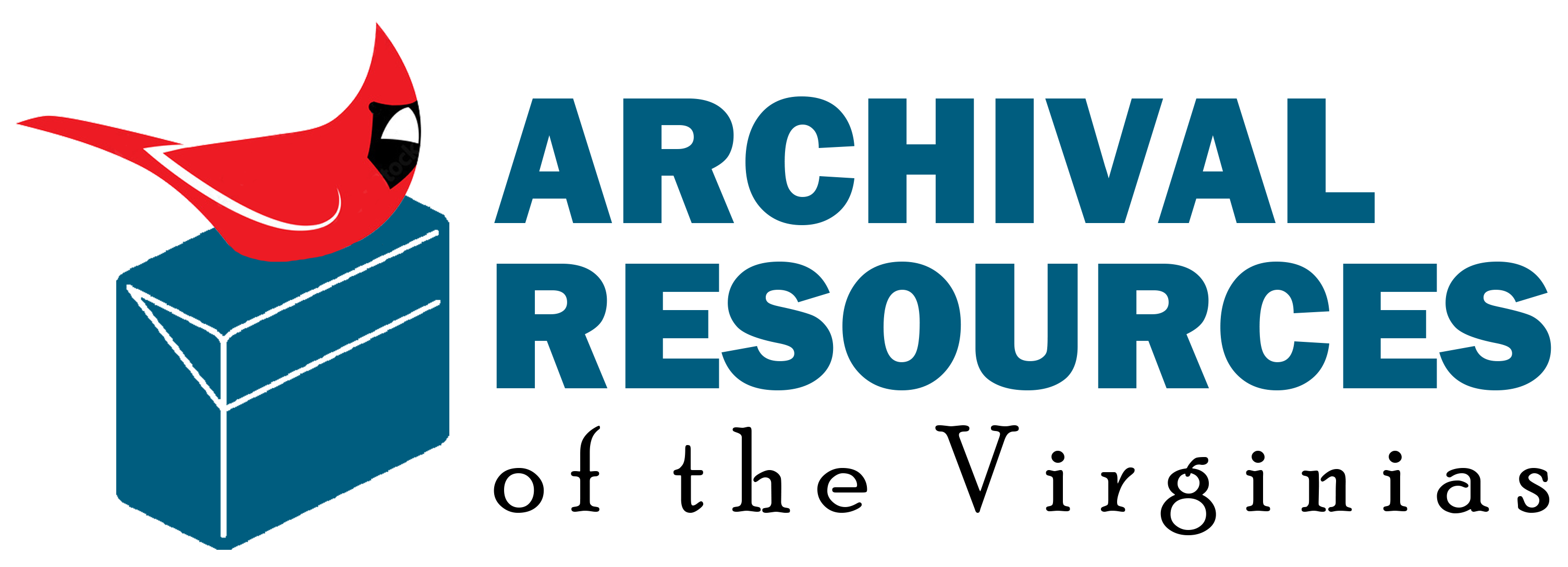- Repository:
- West Virginia and Regional History Center
- Published:
- unknown
- Subjects:
- Agriculture | Livestock | Diaries and journals. | Lumber trade | Rivers and river valleys.
| • | Agriculture | [X] |
| • | Diaries and journals. | [X] |
| • | Account books | (3) |
| • | Church buildings | (2) |
| • | Frontier and pioneer life | (2) |
| • | Livestock | (2) |
| • | Lumber trade | (2) |
| • | Travel accounts. | (2) |
| • | Women's history -- 1850-1899 | (2) |
| • | Academies (Private schools) | (1) |
| • | Birth, marriage, and death records. | (1) |
| • | Broadsides. | (1) |
| • | Civil War -- Confederate Army | (1) |
| • | Civil War battles - Philippi. | (1) |
| • | Education | (1) |
| • | Genealogy | (1) |
| • | Land. | (1) |
| • | Literature -- Societies, etc | (1) |
| • | Maps. | (1) |
| • | Medicine. SEE ALSO Folk medicine. | (1) |
| • | Militia | (1) |
| • | Mining. SEE ALSO Coal mining. | (1) |
| • | Missionaries | (1) |
| • | Physicians - letters and papers. | (1) |
| • | Politics and government. | (1) |
| • | Railroads | (1) |
| • | Rivers and river valleys. | (1) |
| • | Salt industry and trade | (1) |
| • | Schools. SEE ALSO Academies | (1) |
| • | Slaves and slavery. | (1) |
| • | Statehood politics -- West Virginia | (1) |
| • | Teachers | (1) |
| • | Transportation | (1) |
| • | Universities and colleges | (1) |
| • | Women's history -- 1800-1849 | (1) |
| • | Women's history -- 1900-1929 | (1) |
| • | Women's history -- Pre-1800 | (1) |
| • | World War, 1914-1918 | (1) |
ARVAS is an aggregator of archival resources. ARVAS does not have control of the descriptive language used in our members’ finding aids. Finding aids may contain historical terms and phrases, reflecting the shared attitudes and values of the community from which they were collected, but are offensive to modern readers. These include demeaning and dehumanizing references to race, ethnicity, and nationality; enslaved or free status; physical or mental ability; religion; sex; and sexual orientation and gender identity. Many institutions and organizations are in the process of reviewing and revising their descriptive language, with the intent to describe materials in more humanizing, inclusive, and harm-reductive ways. As members revise their descriptive language, their changes will eventually be reflected in their ARVAS finding aids
- 2Title:
- Andrew Jackson Dadisman (1881-1965), Agricultural Economics Professor. Papers, 1914-1963 , A&M 1873
- Repository:
- West Virginia and Regional History Center
- Published:
- unknown
- Subjects:
- Account books | Agriculture | Broadsides. | Diaries and journals. | Genealogy | Transportation | Travel accounts.
- Repository:
- West Virginia and Regional History Center
- Published:
- unknown
- Subjects:
- Frontier and pioneer life | Teachers | Travel accounts. | Agriculture | Account books | Diaries and journals. | Militia | Church buildings | General stores
- Repository:
- West Virginia and Regional History Center
- Published:
- unknown
- Repository:
- West Virginia and Regional History Center
- Published:
- unknown
- Subjects:
- Agriculture | Livestock | Diaries and journals. | Land. | Medicine. SEE ALSO Folk medicine. | Missionaries | Physicians - letters and papers. | Frontier and pioneer life | Railroads | Salt industry and trade | Slaves and slavery. | Women's history -- 1800-1849 | Women's history -- 1850-1899 | Women's history -- 1900-1929 | Women's history -- Pre-1800
- Repository:
- West Virginia and Regional History Center
- Published:
- unknown
- Subjects:
- Academies (Private schools) | Account books | Agriculture | Civil War -- Confederate Army | Civil War battles - Philippi. | Diaries and journals. | Education | Literature -- Societies, etc | Lumber trade | Maps. | Mining. SEE ALSO Coal mining. | Politics and government. | Schools. SEE ALSO Academies | Universities and colleges | Statehood politics -- West Virginia | World War, 1914-1918
